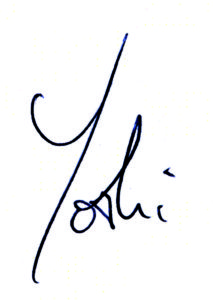This past Wednesday, just six days after our mourning, came joy—the 15th day of the month of Av is a time of celebration. According to Rabban Shimon ben Gamliel, there were no days as joyous for the Jewish people as the 15th of Av. Why? At this time in days of old, members of the different tribes of Israel were permitted to marry one another. At other times throughout the year, apparently one would be required to marry within the tribe. But on this one day, a young man from the tribe of Dan, say, in the north of Israel, could wed a maiden from the tribe of Benjamin in Judea.
Tisha B’Av is about disunity, discord, and division, for the rabbis teach that the second Temple was destroyed on account of sinat chinam (senseless hatred).
Tu B’Av is the exact opposite. It’s about harmony, amity, and union. The distinct and varied tribes of Israel come together in love.
One of the sages of the Talmud (Taanit 31a) views this moment in a messianic, redemptive way. Rabbi Elazar, who lived soon after the destruction of the Second Temple and saw first hand just how divided the Jewish people were, imagines a moment in the distant future when all Israel will come together for a celebration, a ‘dance of the righteous’ as he so beautifully puts it (מָחוֹל לְצַדִּיקִים). He likely was imagining a wedding dance, a giant hora in which all Israel circles bride and groom, hand in hand. And at that joyous moment, Rabbi Elazar imagines us all singing the words of the prophet Isaiah: “This is the Eternal for whom we waited. We will be glad and rejoice in God’s salvation” (Isaiah 25:9).

